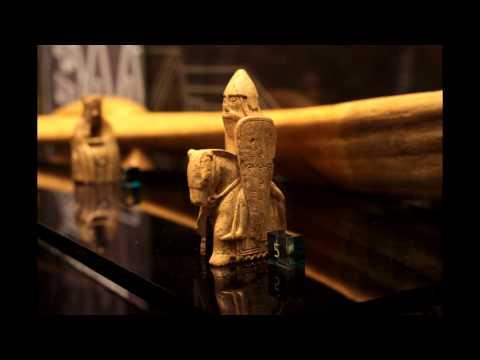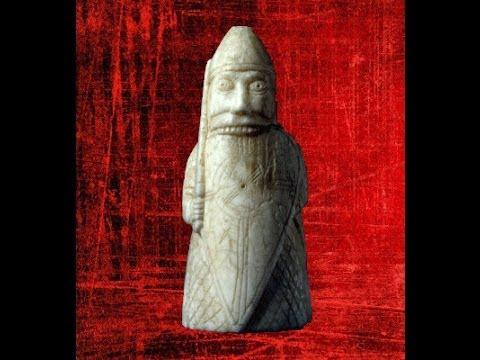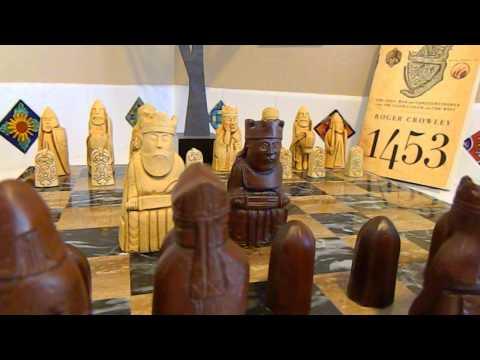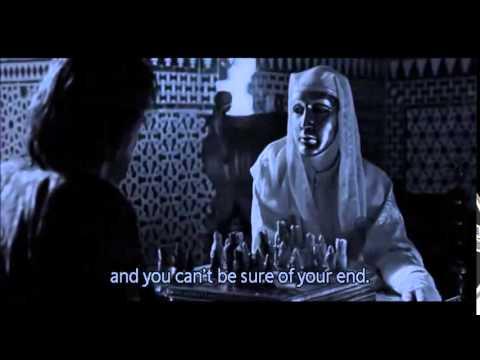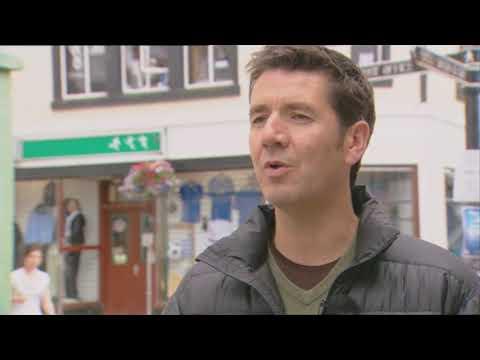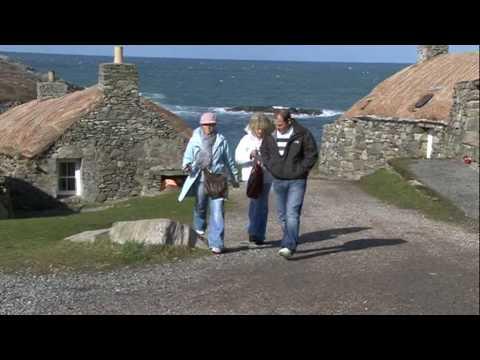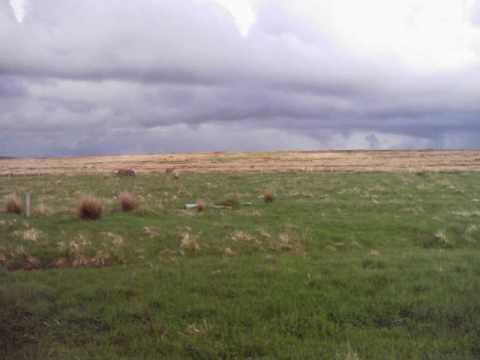The Game Of Kings: Medieval Ivory Chessmen From The Isle Of Lewis
Description
Discover what the Isle of Lewis chessmen can tell us about the development of chess as both a game and an art form. Introduction by exhibition curator Barbara Drake Boehm, Department of Medieval Art and The Cloisters, MMA. Presented with the exhibition The Game of Kings: Medieval Ivory Chessmen from the Isle of Lewis.
Learn more about the exhibition: http://www.metmuseum.org/exhibitions/listings/2011/the-game-of-kings-medieval-ivory-chessmen-from-the-isle-of-lewis
The Art and Evolution of Chess
Dylan Loeb McClain, New York Times chess columnist
Explore how the rules and pieces evolved from the Middle Ages onward, and learn how chess sets have often been a medium for artistic and even political expression.
Made for Laughs: How Comic Are the Lewis Chessmen? James Robinson, senior curator, Late Medieval Collections, Department of Prehistory and Europe, The British Museum
From the very moment of their discovery in 1831, the Lewis chessmen were compared with "pigmy sprites" or "elves." Their enigmatic charm has been employed subsequently in art, literature, and film—most famously in Harry Potter and the Sorcerer's Stone. But how funny were the Lewis chessmen originally intended to be? Assess their comedic character in the context of production, patronage, and attitudes to humor in the twelfth century.
Before TV and Computers: Playing Games in the Middle Ages
Charles T. Little, curator, Department of Medieval Art and The Cloisters, MMA
Chess is one of many games still played today that arose from courtly culture during the Middle Ages. Examine more closely great works of art in the Museum's medieval collection by placing the Lewis chessmen within a larger context of forms of entertainment—some allegorical and symbolic, others physical.
The exhibition is made possible by the Michel David-Weill Fund.
